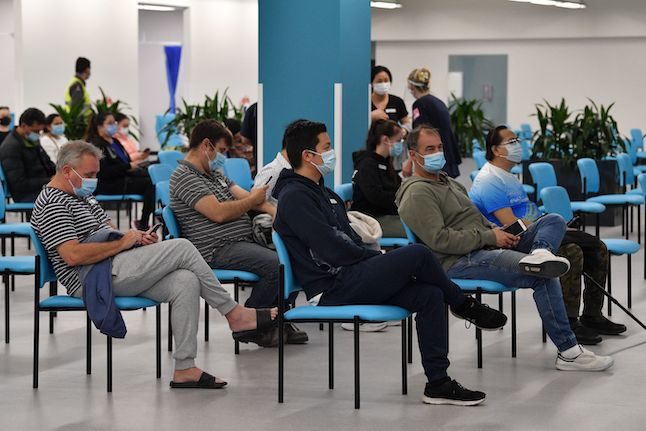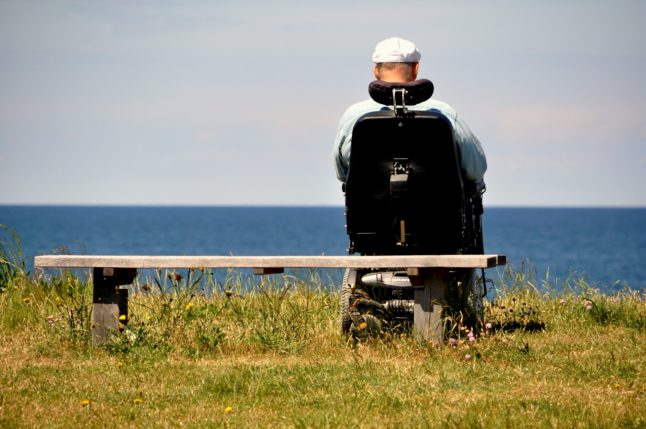Spain has one of the best public healthcare systems in the world, but that doesn’t mean it’s perfect.
Findings from Spanish Federation for the Defence of Public Health (FDASP) published on April 12th 2022 show that Spain’s regional public healthcare systems have “very serious” underfunding problems, “intolerable” delays in appointments and huge inequalities between communities, with some in a “critical” situation.
The report reveals that the primary health care situation in Madrid is the worst, closely followed by the Balearic Islands and then Catalonia.
According to the FDASP although the Balearics and Catalonia have made “an effort to improve, at the moment they continue to be in a very bad situation”.
Why is the healthcare situation so bad?
The first year of the Covid-19 pandemic resulted in an increase in the number of people applying for individual health cards per family doctor and nurse, and a decrease in the number of pediatricians and administrative professionals.
The national ratio of public health cards per GP is 1,345, three more than in 2019, although they range between 909 in Castilla y León to 1,538 in Madrid.
READ ALSO: How to apply for a public health card in Spain
The FDASP report described the situation in Madrid as “hardly tolerable” and even “scandalous” with 47.5 percent of medical professionals assigned between 1,500 and 2,000 patients and 6.07 percent above that figure.
In the Balearic Islands, the problem is in fact even worse where these figures skyrocket to 74.2 percent and 9.5 percent, respectively.
Waiting times for appointments
Waiting times for appointments are also particularly worrying. In Spain on average, 41.5 percent were able to receive care after 48 hours and 34.7 percent in seven or more days.
The waiting time situation in Catalonia and Valencia is particularly bad. In Catalonia, 77.7 percent received care after 48 hours and 57.3 percent after seven or more days, while in Valencia 87.3 percent were seen after 48 hours and 41.5 percent had to wait seven or more days.
Throughout Spain, the majority of the population, 69.6 percent, were unhappy with the delays and 27.7 percent said they had to wait more than an hour to be seen after arriving at the healthcare centre.
READ ALSO: Pandemic forces Spain’s hospitals to cancel 570,000 surgeries
Which regions have the most underfunded health care systems?
According to the FDASP, Madrid is the most underfunded health care system in Spain and the one that spends the least amount per inhabitant. They also intend to allocate even less funding to public healthcare in 2022.
The FADSP said that spending on primary care “remains low” across all regions, since the percentage with respect to total public health spending is still below that of 2010.
The latest data available for healthcare budgets from 2019 shows that an average of 14.16 percent was spent on public health, a figure which was 0.24 points higher than that of 2018, but still 0.74 points lower than that of 2010. The growth occurred in all the communities except Castilla-La Mancha, Madrid and Asturias.
The regions that spent the least amount on healthcare were the Balearic Islands and Madrid (11.21 percent), Asturias (11.95 percent) and Galicia (11.96 percent). While regions that spent the most were Andalusia (18.01 percent), Extremadura (16.16 percent) and the Valencian Community (15.09 percent).
There was also a small increase in spending per inhabitant of €4.28, an increase that occurred in almost all the communities except Asturias, the Balearic Islands, the Canary Islands and Castilla-La Mancha.
A total of 10 regions exceeded the average: Extremadura (€272.48); Basque Country (€267.84); Castilla y León (€262.45); Navarre (€250.71); Cantabria (€230.18); Murcia (€229.32); Andalusia (€227.16); Valencian Community (€223.03); Aragón (€214.66) and La Rioja (€217.97).
The others differ wildly, particularly Madrid which only spends €150.08 per inhabitant, which is 60.93 less than the previous year. While the Balearic Islands spent €174.05 and Galicia spends €188.16, differences that “inevitably” lead to “great inequalities in primary care benefits”, the report suggested.
Healthcare was already “severely weakened” by the cuts and the health crisis has only “aggravated matters and brought it to a critical situation,” concluded FADSP spokesman, Marciano Sanchez-Bayle.



 Please whitelist us to continue reading.
Please whitelist us to continue reading.
Member comments